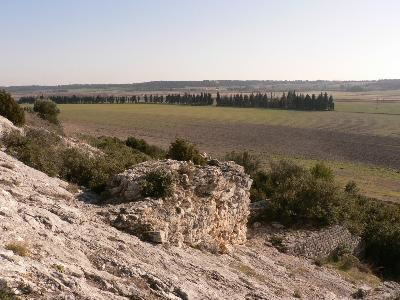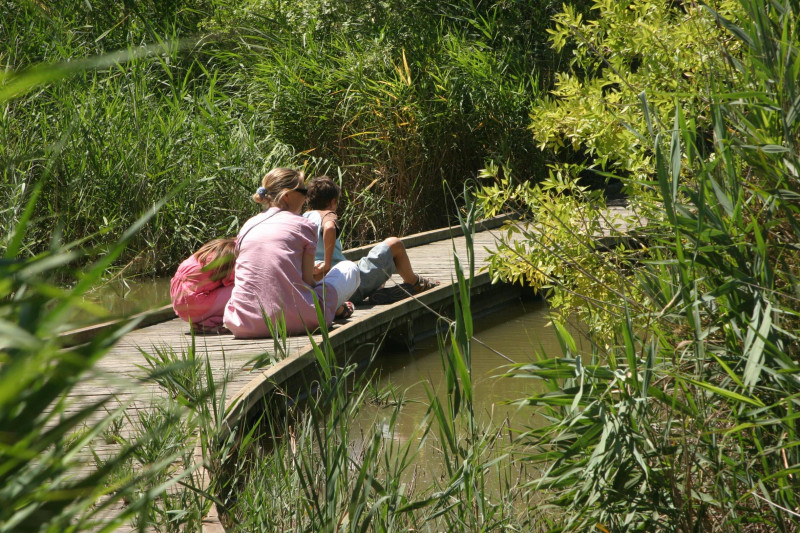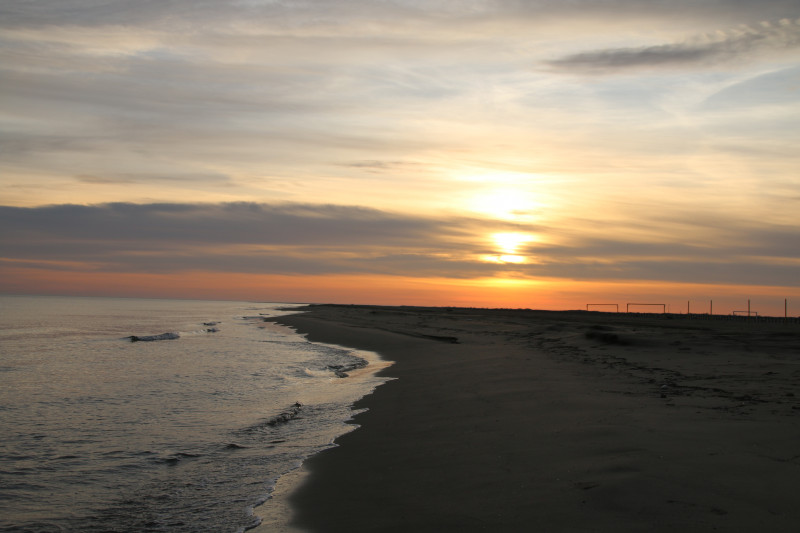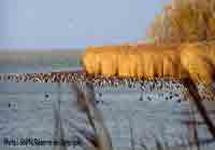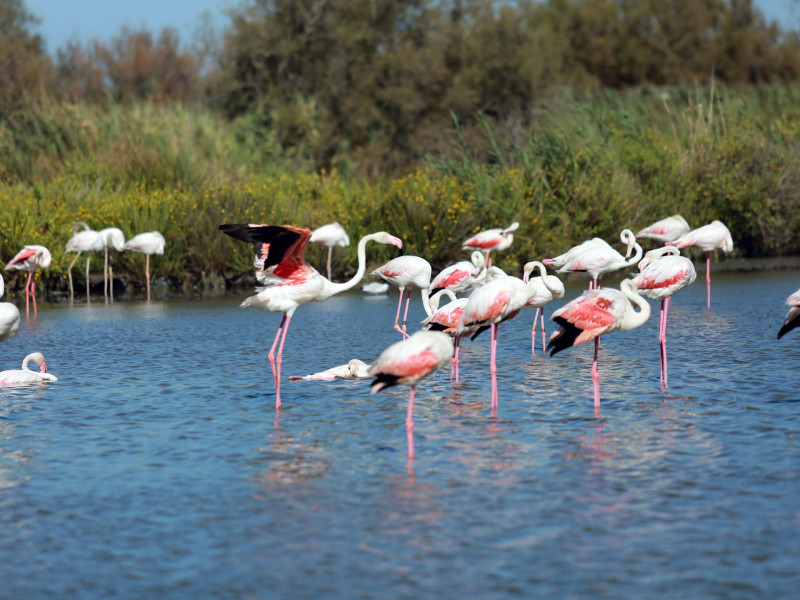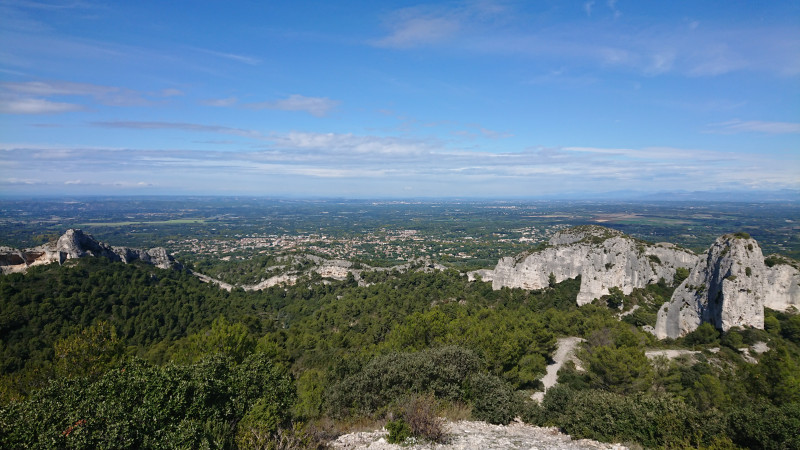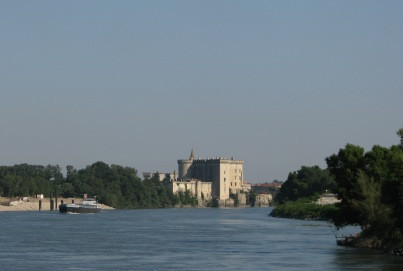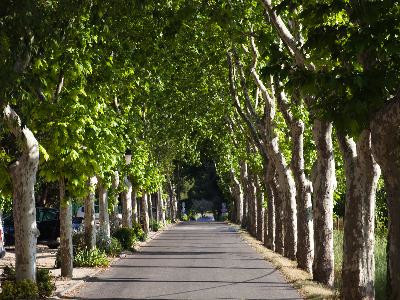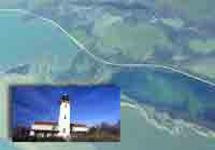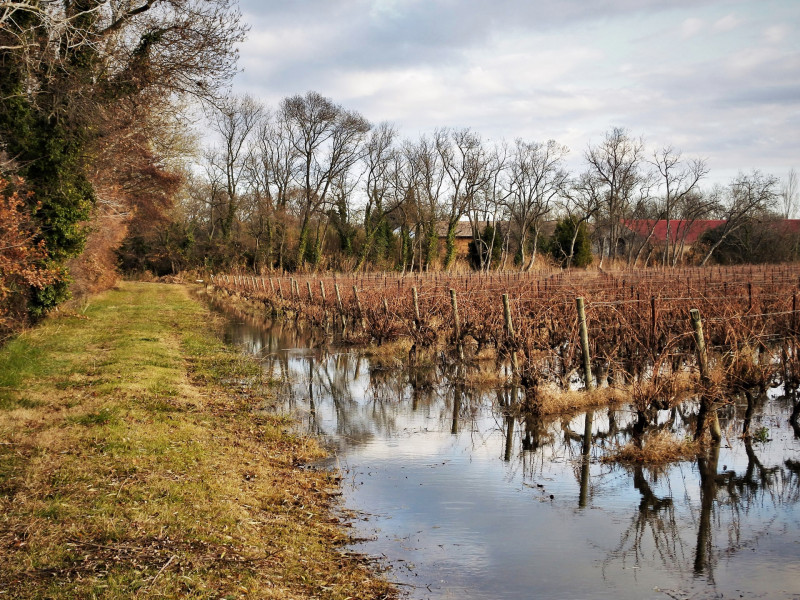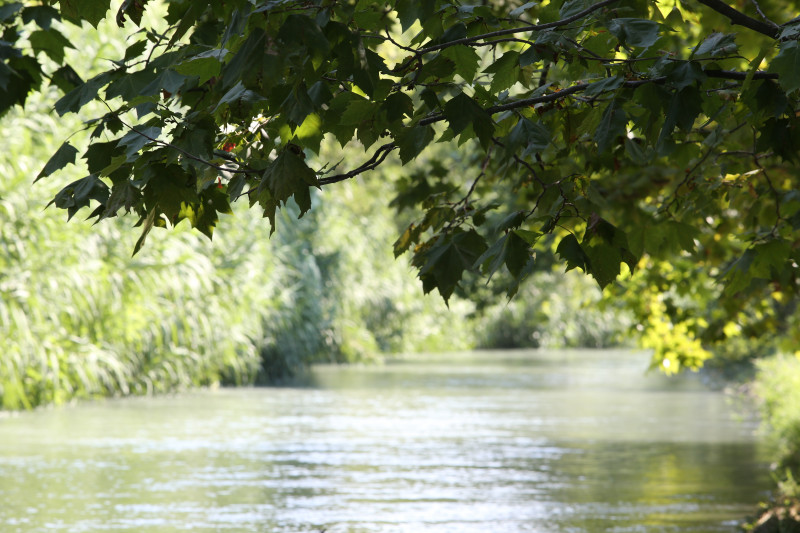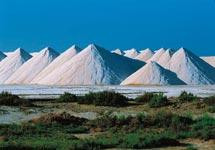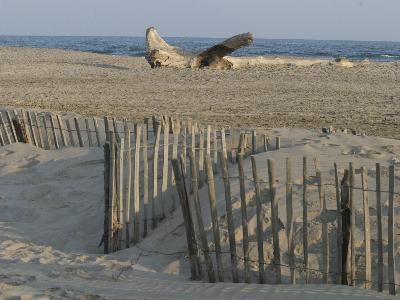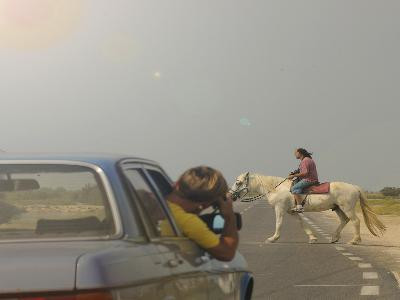Take a breath of fresh air in the heart of Arles
Discover without further delay the natural spaces that offer beautiful outdoor walks. Near the pink flamingos of Camargue, on the largest beach in France, in the heart of the national reserve or the Viguierat marshes, you will love the landscapes available to you! Between Alpilles and Camargue, Arles has so much to offer.
Mountain
On the border between Saint-Martin-de-Crau and the ancient marshes of Les Baux, Chambremont is a chain of the Alpilles massif.
The Marais du Vigueirat is a protected natural site of 1,200 hectares at the junction of two remarkable ecosystems: the Rhone delta and the steppe ...
Water sports Beach / Bathing Area
Beauduc beach in the Camargue is one of the last totally unspoilt beaches in France. Located 11 km from Salin de Giraud
Covering 13,000 ha in the heart of the Camargue, the Camargue National Reserve is one of the largest wetland areas in Europe.
The Camargue is a wilderness formed by the Rhone delta. It is classified as a biosphere reserve by UNESCO, and also protected by a Regional Natural ...
Mountain
The Alpilles massif is located in the northwest of the department, in line with the Rhone corridor.
This former private hunting domain of 702 ha is today devoted to the protection of nature and to the reception of the public.
The Rhône and its delta not only gave their name to the department, this peaceful and majestic river is also the backbone of the Bouches-du-Rhône.
Sport Tourist routes
Tourist road to cross the Alpilles between Arles and Saint-Rémy-de-Provence, passing by Fontvieille and its mills, Les Baux and its city, and ...
-
Route :
- Distance (km) : 61
- Daily duration (minutes) : 180
The Gacholle Lighthouse, built in 1882, was automated in 1967. Partially destroyed during the World War II, it was restored in 1947.
Tourist routes
A tourist route around wine and the Camargue. To be followed with your vehicle, over a day.
The Crau and Alpilles canals cross the northwestern part of the Bouches-du-Rhône
The Camargue, due to the nature of its very flat and clayey soil, dotted with ponds, lends itself particularly well to extraction of sea salt.
Water sports Beach / Bathing Area
Arles, the largest commune of France, includes a large part of the Camargue and extends between the arms of the Rhône to the beach located 45 ...
Sport Tourist routes
A beautiful 116km drive. Dams, rice fields, marshes, canals: this sunny and wild expanse has been shaped by the meeting of two giants
the ...
-
Route :
- Distance (km) : 116
- Daily duration (minutes) : 180



